arbutus tree
westgate
13 years ago
Related Stories
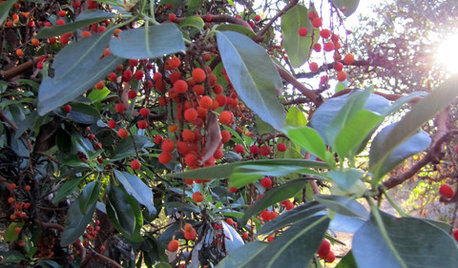
GARDENING GUIDESGreat Design Plant: Arbutus Menziesii
This drought-tolerant West Coast native tree thrives with minimal water in difficult garden spots
Full Story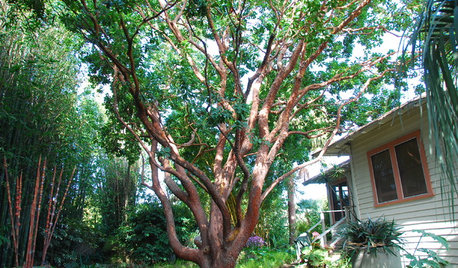
TREESGreat Design Plant: Arbutus 'Marina'
Twisted trunks and snazzy fruit bring wild, all-year beauty to the garden — just keep this small tree away from the lawn
Full Story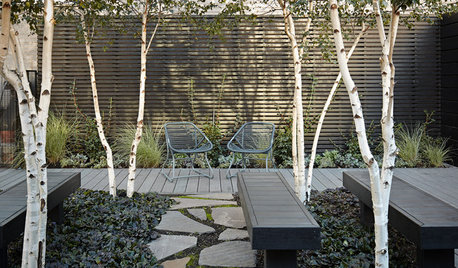
LANDSCAPE DESIGN5 Ways to Use Trees to Create a Sensational Garden Space
Trees define spaces in multiple ways and bring a layer of shade and intrigue to the landscape
Full Story
GARDENING GUIDES5 Best-Behaved Trees to Grace a Patio
Big enough for shade but small enough for easy care, these amiable trees mind their manners in a modest outdoor space
Full Story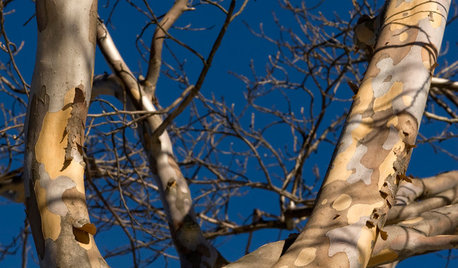
WINTER GARDENING8 Gorgeous Trees for Winter Interest in the Garden
Intriguing forms and beautiful branches take center stage when color heads back into the wings of the winter landscape
Full Story
SPRING GARDENINGTop 10 Scented Plants for Your Garden
A palette of perfumed plants can transform even the smallest of gardens into a sensory delight
Full Story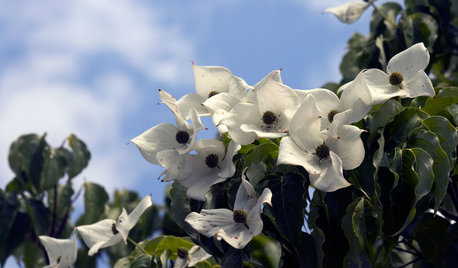
GARDENING GUIDESGreat Design Plant: Kousa Dogwood
This four-season landscape star offers lovely pink bracts, bumpy summer berries and more
Full Story
GARDENING GUIDESYes, You Can Grow an Edible Garden on a Hot, Dry Site
Difficult garden spots don’t need to deter you from planting trees, herbs and other delicious food plants
Full Story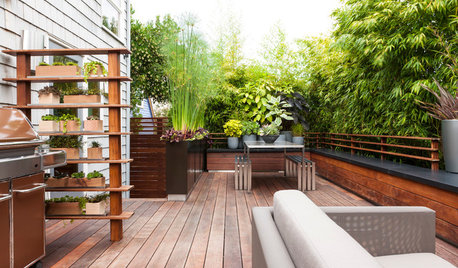
BACKYARD IDEASTake a Peek: A Peaceful Backyard Near Puget Sound
Behind a screen of bamboo trees, discover a peaceful garden retreat in the Pacific Northwest
Full Story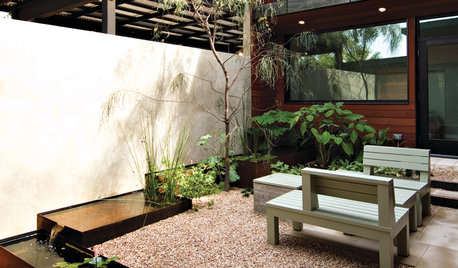
LANDSCAPE DESIGNStrike a Balance: Stuff vs. Space in the Garden
Zoom out to the big design picture before focusing on the little details, to create a garden with all the elements in balance
Full Story








gardengal48 (PNW Z8/9)
dottyinduncan
Related Professionals
Saint Louis Park Landscape Architects & Landscape Designers · East Patchogue Landscape Contractors · Indianapolis Landscape Contractors · Lees Summit Landscape Contractors · Lemont Landscape Contractors · Mount Sinai Landscape Contractors · Newnan Landscape Contractors · Soddy Daisy Landscape Contractors · Wanaque Landscape Contractors · Forest Hill Landscape Contractors · Madison Fence Contractors · Anaheim Fence Contractors · Glenpool Fence Contractors · Sioux City Fence Contractors · Windsor Fence ContractorsEmbothrium
ian_wa
reg_pnw7
Embothrium
gardengal48 (PNW Z8/9)
Embothrium
ian_wa
westgateOriginal Author
kkaren_marie